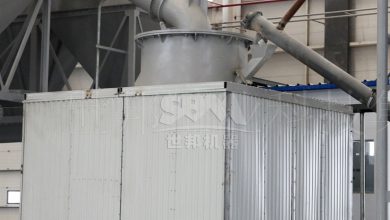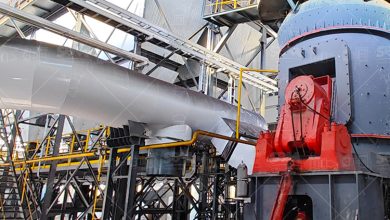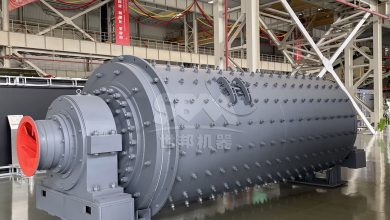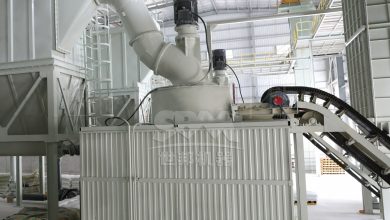Optimizing Active Calcium Production: High-Efficiency Ultrafine Grinding Mills for Consistent Quality
Introduction
The production of active calcium, a critical material in industries ranging from pharmaceuticals to construction, demands precision grinding technology to achieve consistent particle size distribution and high purity. Ultrafine grinding mills play a pivotal role in this process, enabling manufacturers to meet stringent quality standards while optimizing energy consumption and operational costs. This article explores the technical advancements in ultrafine grinding technology, with a focus on achieving superior product quality in active calcium production.
The Importance of Particle Size Control in Active Calcium Production
Active calcium powders require precise particle size distributions to ensure optimal reactivity and performance in downstream applications. Traditional grinding methods often fail to deliver the consistency needed for high-value products, leading to variations in product quality and increased waste. Ultrafine grinding mills address these challenges by offering unparalleled control over particle size, with some systems capable of producing powders with D97 values as low as 5μm.
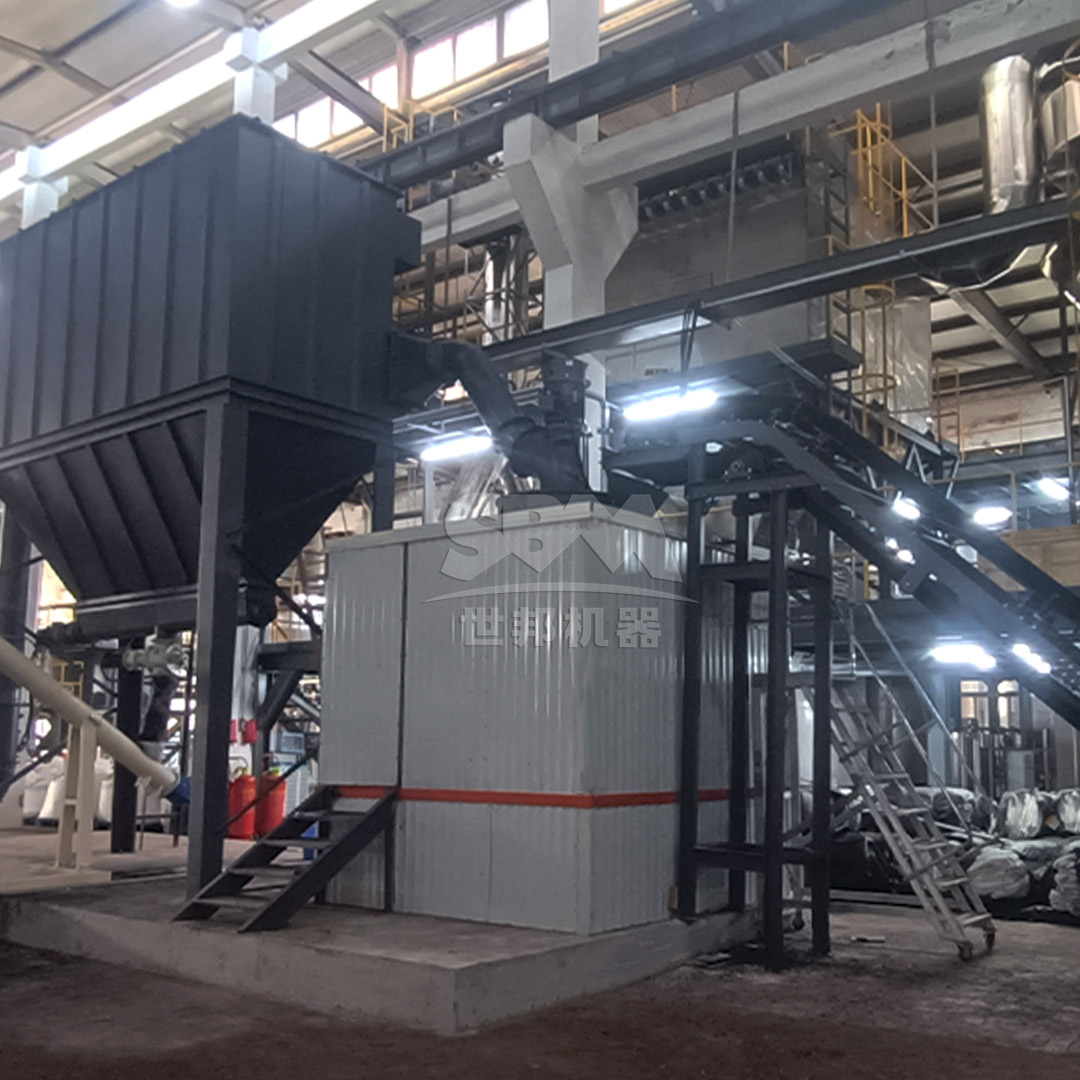
Technical Advancements in Ultrafine Grinding Technology
Modern grinding mills incorporate several key technologies that enhance their efficiency and reliability. These include advanced classification systems, durable grinding components, and intelligent control systems that adapt to changing material properties in real-time.
High-Precision Classification Systems
Vertical turbine classifiers have revolutionized the way powders are separated in grinding systems. By providing precise cuts at desired particle sizes, these systems ensure that only properly sized particles exit the mill, eliminating the need for secondary classification steps and reducing energy consumption.
Durable Grinding Components
The heart of any grinding system lies in its grinding elements. Advanced mills feature specially formulated alloys for rollers and grinding rings that withstand abrasive materials like calcium compounds while maintaining their geometric integrity over extended operational periods.
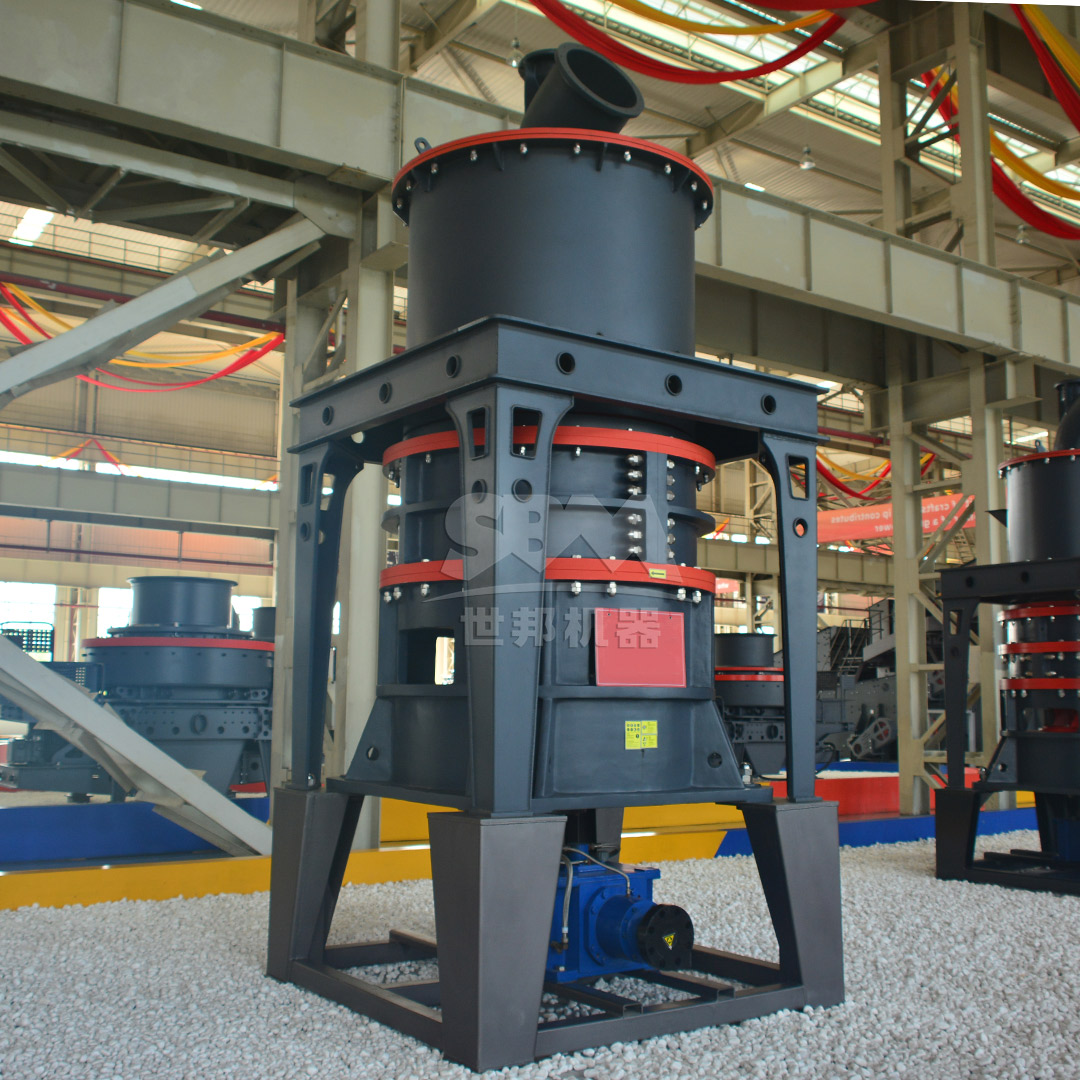
SCM Ultrafine Mill: Revolutionizing Active Calcium Production
Among the various options available for ultrafine grinding applications, the SCM Ultrafine Mill stands out for its exceptional performance in active calcium production. This system represents a significant leap forward in grinding technology, offering unparalleled precision and efficiency.
The SCM series achieves remarkable fineness levels ranging from 325 to 2500 mesh (D97 ≤ 5μm) while maintaining throughput rates of 0.5-25 tons per hour depending on the specific model. What sets this system apart is its innovative design that integrates multiple grinding stages within a single unit, ensuring consistent product quality while minimizing energy consumption.
Key advantages of the SCM Ultrafine Mill include:
- Energy efficiency that outperforms traditional jet mills by 30% while doubling production capacity
- Intelligent control systems that automatically adjust operating parameters to maintain consistent product quality
- Advanced pulse dust collection technology that exceeds international environmental standards
- Noise reduction engineering that maintains operational levels below 75dB
The mill operates through a sophisticated process where material is fed into the grinding chamber and subjected to multiple layers of grinding action. The main motor drives three layers of grinding rings that rotate at precisely controlled speeds, creating centrifugal forces that distribute material evenly across the grinding path. Rollers then apply precise pressure to achieve the desired particle size reduction before the finished product is collected by a cyclone separator and pulse dust collection system.
MTW Series Trapezium Mill: Versatile Solution for Calcium Processing
For applications requiring slightly coarser grinds or higher throughput capacities, the MTW Series Trapezium Mill offers an excellent alternative. This robust system handles input sizes up to 50mm and produces powders in the 30-325 mesh range (down to 0.038mm), with capacities reaching 3-45 tons per hour depending on configuration.
The MTW mill incorporates several innovative features that make it particularly suitable for calcium processing:
- Anti-wear shovel design with combined blades that significantly reduce maintenance requirements
- Curved air channel optimization that minimizes energy loss and improves transmission efficiency
- Integrated cone gear transmission with 98% efficiency rating
- Wear-resistant volute structure that enhances air classification performance
This mill operates on the principle of centrifugal force generation, where grinding rollers revolve around the central axis while simultaneously rotating on their own axes. Shovels feed material between the grinding rollers and rings where it forms a material bed that undergoes compressive grinding action. The integrated classification system then ensures precise control over final product fineness.
Optimizing Grinding Parameters for Active Calcium
Successful active calcium production requires careful optimization of several grinding parameters. Material moisture content, feed rate, classifier speed, and grinding pressure must be balanced to achieve the desired product characteristics while maximizing operational efficiency.
Modern grinding systems incorporate sophisticated control systems that continuously monitor these parameters and make automatic adjustments to maintain optimal operating conditions. This not only ensures consistent product quality but also protects the equipment from damage caused by improper operating conditions.
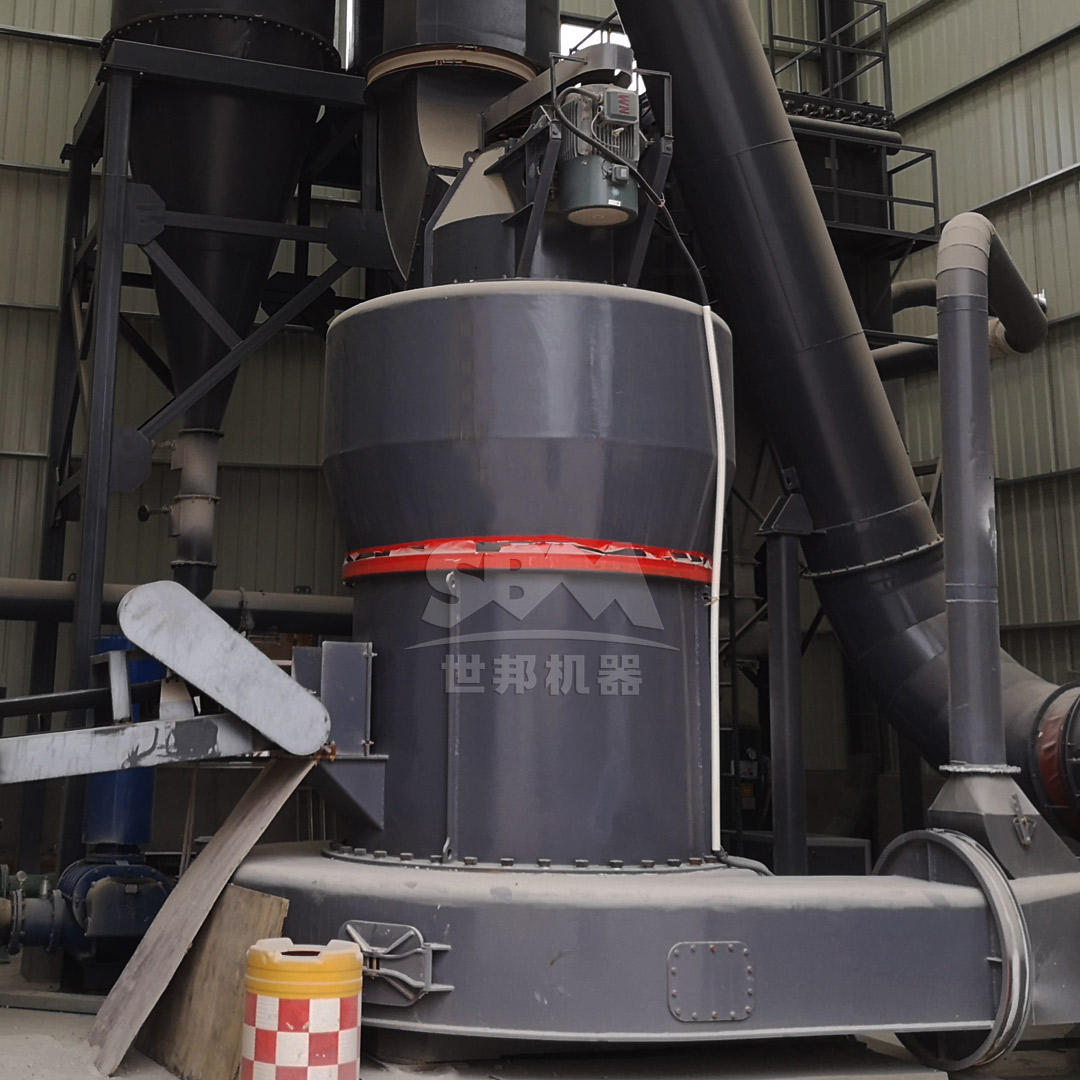
Environmental Considerations in Calcium Grinding Operations
As environmental regulations become increasingly stringent, grinding operations must address dust emissions and energy consumption. Advanced grinding mills incorporate multiple environmental protection features, including highly efficient pulse dust collectors that capture over 99.9% of particulate matter, and energy recovery systems that minimize overall power consumption.
The fully enclosed negative pressure operation of modern mills prevents dust leakage while noise reduction technologies maintain workplace noise levels within acceptable limits. These features not only ensure regulatory compliance but also create safer and more comfortable working environments for operators.
Conclusion
The production of high-quality active calcium demands grinding technology that delivers consistent particle size distribution, high efficiency, and operational reliability. Advanced ultrafine grinding mills like the SCM series and MTW series represent the cutting edge of this technology, offering manufacturers the capability to produce superior products while optimizing their operational costs. As industry requirements continue to evolve, these systems will play an increasingly important role in enabling manufacturers to meet both quality and sustainability objectives.


